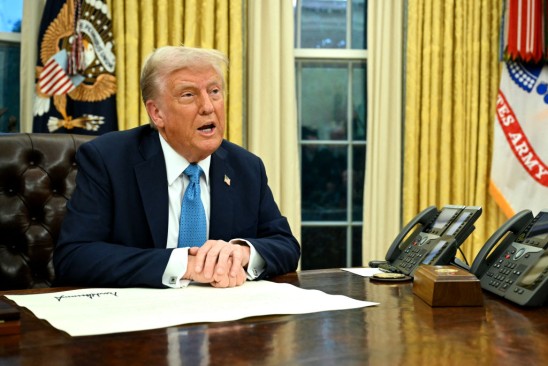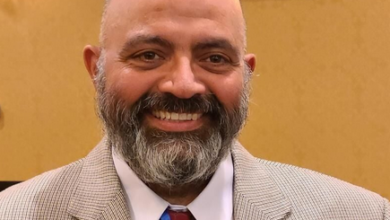Trump Signs Executive Order Giving White House Greater Control Over Independent Federal Agencies

Overnight, President Donald Trump signed an executive order consolidating power within the executive branch, giving himself and the Attorney General exclusive authority to determine “what is law” in the United States. The sweeping order eliminates the independence of key federal agencies, including the Federal Communications Commission (FCC), Federal Trade Commission (FTC), and Securities and Exchange Commission (SEC)—entities that, while operating under the executive branch, have traditionally maintained autonomy from direct presidential influence.
What the Executive Order Does
Read the full Executive Order Here
The order aligns with the unitary executive theory, a legal doctrine asserting that the president has direct control over the entire executive branch, including agencies that have historically operated independently. Under the new directive:
- Independent agencies must now align with White House policies and report to the Office of Management and Budget (OMB), led by Russ Vought, a Trump ally and the architect of Project 2025.
- The Attorney General now has expanded authority to interpret federal law, effectively centralizing legal decision-making within the executive branch.
- Trump gains more influence over federal regulatory bodies, allowing for a more aggressive implementation of his administration’s economic and social policies.
Potential Legal Challenges Ahead
Critics argue that the order violates the independent status of these agencies, setting the stage for major legal battles. Regulatory bodies like the FCC and FTC have historically been insulated from direct White House control to prevent political interference in economic and regulatory decisions.
While past presidents have sought greater influence over federal agencies, this move marks Trump’s most aggressive attempt yet to consolidate power, raising concerns about separation of powers and the balance of federal governance.
As Trump continues to restructure the federal government, legal and political opposition to the executive order is expected to escalate—potentially heading to the courts in what could be a defining constitutional battle.





